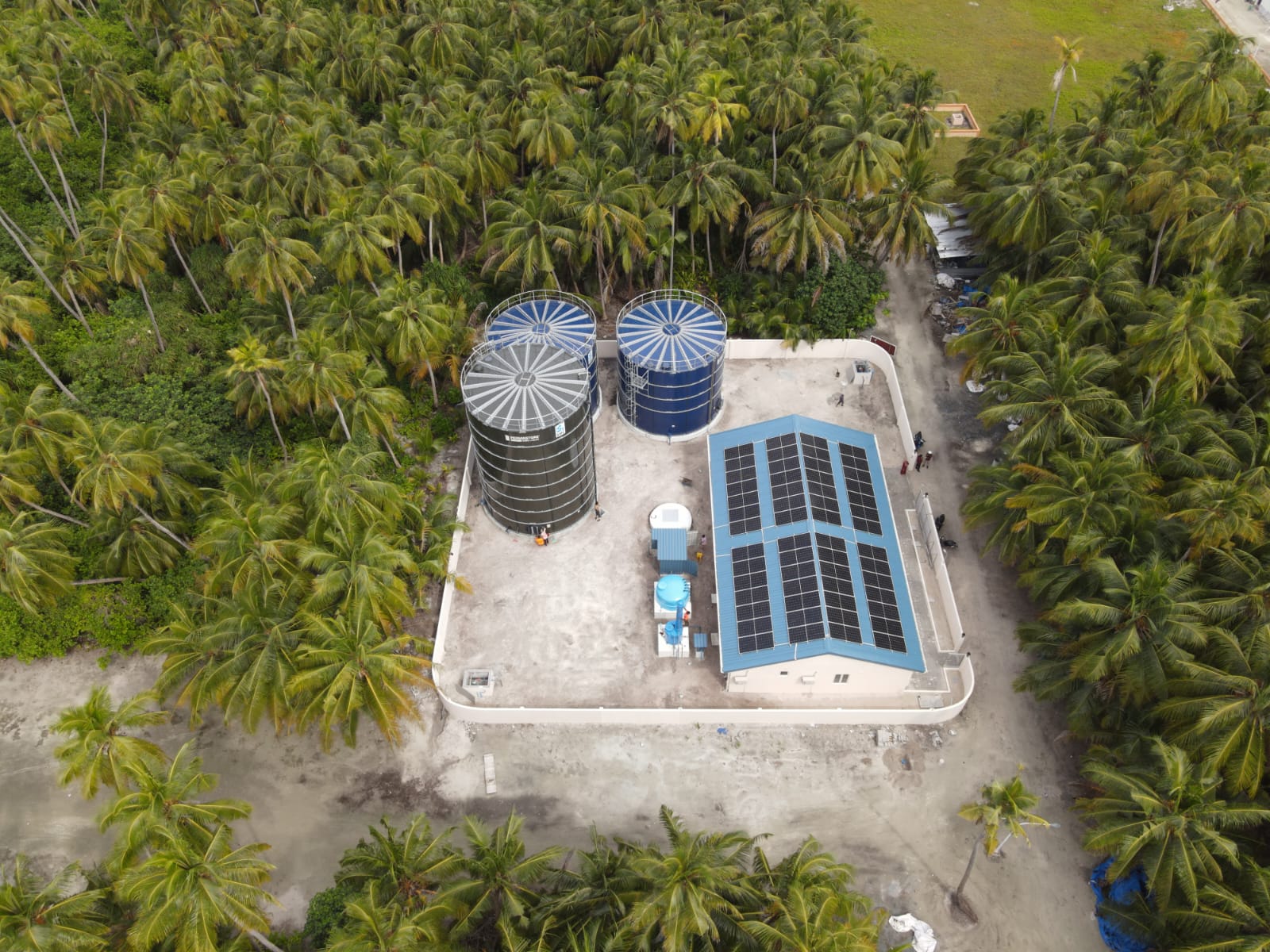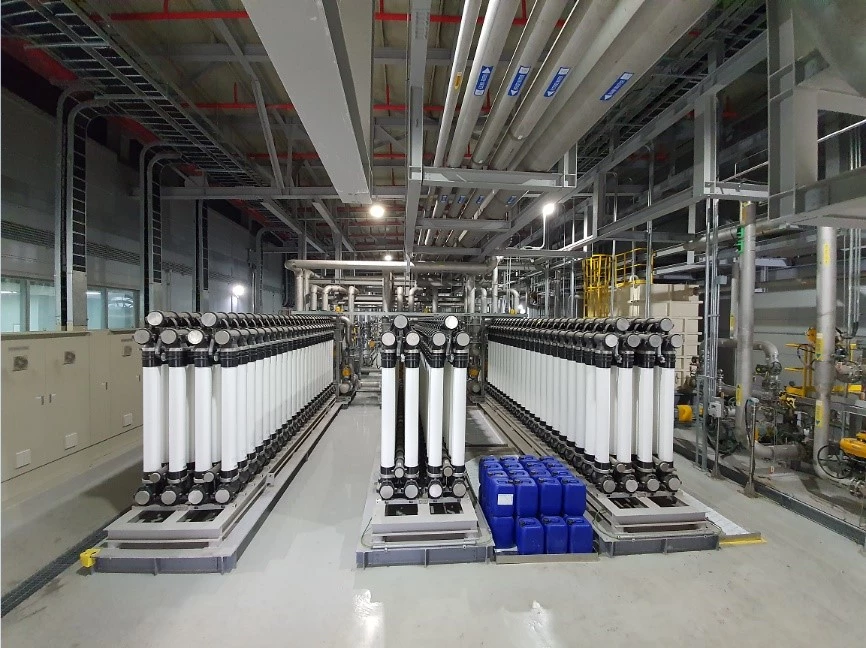Frequently Asked Question
An SWRO desalination plant is a facility that uses the process of seawater reverse osmosis (SWRO) to remove salt and other impurities from seawater, making it suitable for various applications such as drinking water supply, irrigation, and industrial processes.
In an SWRO desalination plant, seawater is pressurized and passed through a series of membranes to separate the salts and impurities from the water. The resulting freshwater is collected, while the concentrated brine is discharged back into the sea.
SWRO desalination plants provide a reliable and sustainable source of freshwater in coastal areas with limited freshwater resources. They can help alleviate water scarcity, meet growing water demands, and support economic development in regions facing water challenges.
While SWRO desalination plants are energy-intensive, advancements in technology and improved efficiency have minimized their environmental impact. Many plants implement energy recovery devices and utilize renewable energy sources to reduce carbon emissions.
The cost of building an SWRO desalination plant can vary depending on factors such as plant capacity, location, energy costs, and the availability of infrastructure. Generally, it involves significant capital investment but can provide long-term water security.

56.webp?v=1639548670)
